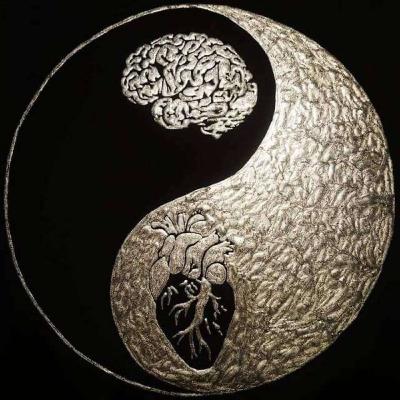10 Ways to Tell the Difference Between True Victim Advocates and Imposters
Update: 2020-10-18
Description
In the post #metoo era victims are sometimes praised and publicly promoted for exposing rapists, child sex abusers, and bosses who have sexually harassed them.
There is a new power in publicly exposing abusers.
Whenever an action is associated with power, there will also be people ready to harness that power for themselves. And in 2020, we have a new league of influencers taking to the streets of the interweb to cry the causes of feminism and victimhood.
Many of these influencers are heroes. But some are less than heroic.
The less than heroic influencers are those who harness the new power of victimhood and amplify victims’ stories for the influencers’ own gain rather than in actual altruistic support of the victims.
Some of these less than altruistic influencers are even themselves exploiters…. exploiting the power that comes with the exposés of other predators’ exploitations in order to gain followers, credibility or to make money.
It’s a tossup: should we call the phenomenon of predator exploiters exposing other predator exploiters irony or opportunism?
Perhaps both.
But either way, opportunists advancing their own causes in the name of victims are imposters — not true victim advocates.
And there’s an awful catch. Whenever an opportunist imposter uses a victim’s story to meet the opportunist’s own ends, the victim is revictimized by the exposé process of that should have been empowering — and that would have been empowering if a true victim advocate (rather than an imposter) had been on the victim’s side.
Imposters are getting in the way and are causing a lot of harm to individual victims. And while the imposters are at it, they’re stirring up a lot of public confusion and making it difficult for good people who honestly care to understand what’s really going on.
The way past much of this confusion is educating the public about victims’ real needs, and specifically how real victim advocates take action to meet those real victim needs. Armed with this information, the public can discern between imposters and the real deal.
Ten things you need to know about victims so you can discern between true victim adovcates and imposters:
Victims need to safe ways to use their own voices. A true victim advocate strives to create safe ways for victims speak.
Victims need confidentiality and control over their own stories. A true victim advocate never speaks for victims or publicly shares victims’ stories without victims’ express and explicit permission. A true victim advocate only breaks confidentiality to report abusers to appropriate legal and protective authorities.
Victims need to be the priority. A true victim advocate never exposes victims for the purpose of promoting any “higher cause” or promoting or protecting the advocate. A true victim advocate wants what is right for the victim, not for the self or for anyone else.
Victims sharing their stories are often in very real and legitimate danger. A true victim advocate understands that predators are people who can be counted on to retaliate. Predators can and will fight back, often ruthlessly.A true victim advocate understands the complexities of the negative consequences victims face when they find the courage to share their stories.
Victims need the right to guage their own safety; they need the right to choose not to publicly share their story in order to protect themselves. A true victim advocate is deferent to the reality of retaliation and is therefore deferent to an victim when a victim decides not publicly expose a predator. A true victim advocate understands that it may take years for an adult victim of domestic violence to leave an abusive situation. A true victim advocate respects adult victims’ rights to make their own decisions.
Sometimes victims need anonymity in order to minimize the risk of retaliation. Sometimes a true victim advocate speaks for victims for the purpose of safeguarding victims and protecting them from retaliation. A true victim advocate never speaks for victims without victims’ express and explicit permission.
Victims need someone to share the burden of telling their stories. A true victim advocate is emotionally prepared to shoulder part of the backlash that inevitably occurs when victims gain the courage to speak.
Victims need solid support from advocates who take personal responsibility for their own decisions to advocate. A true victim advocate takes personal responsibility for the decision to advocate and never blames victims for any harm that comes to the advocate because victims told their stories. A true victim advocate does not publicly promote the self as a secondary victim because the advocate was harmed when the victim spoke.
Victims benefit when advocates follow the best due process available. A true victim advocate relies on the best available professionals and procedures to discern truth from error before publicly promoting allegations. A true victim advocate is committed to remaining loyal to the best interests of both victims and the accused by working to ensure false allegations are not prematurely publicly aired.
Victims need to be the center of their own stories. A true victim advocate puts victims above the self and never publicly puts the self into the center of victims’ stories.
Comments
In Channel





















